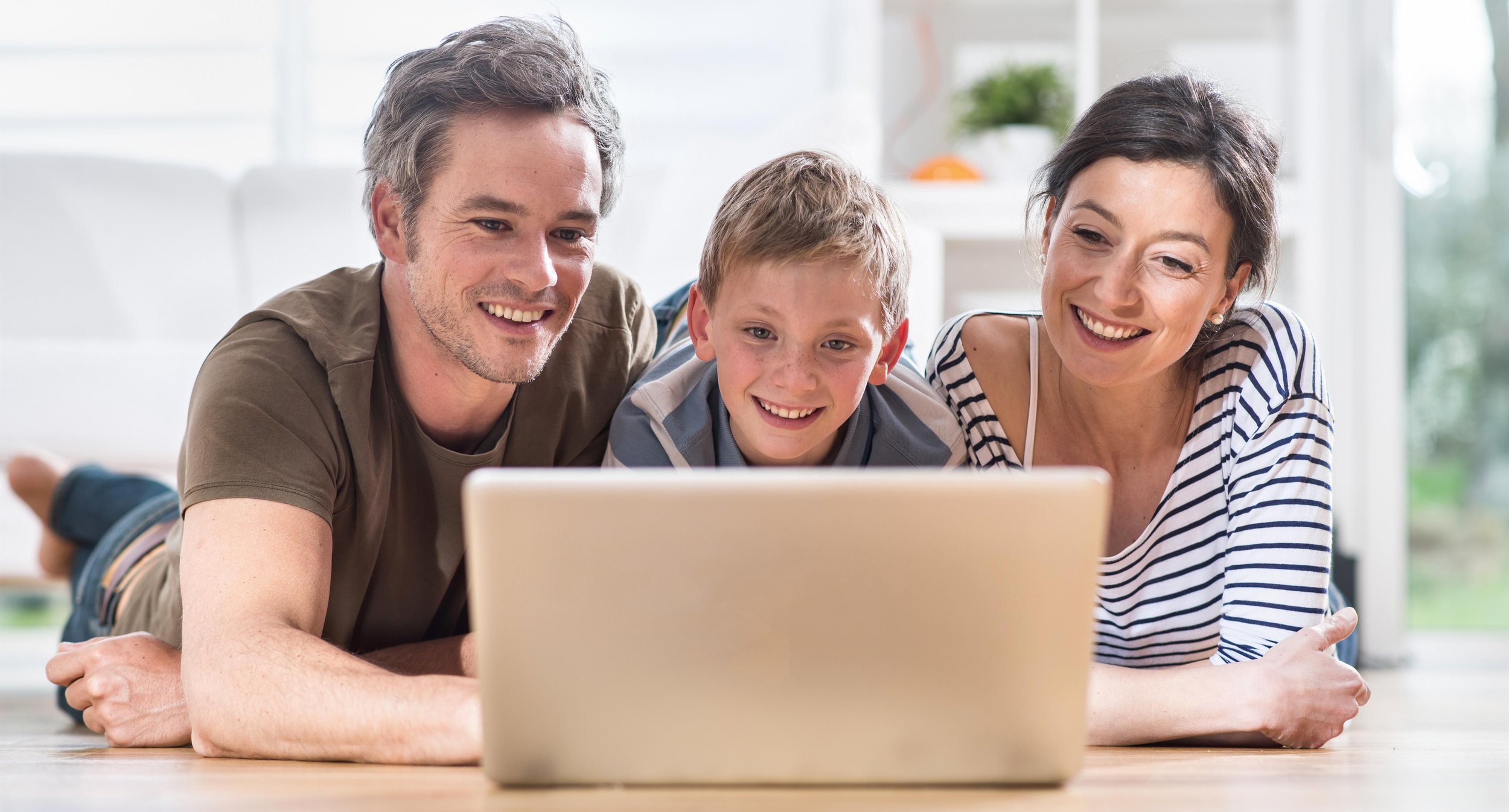A look at how Chromebook partnerships can work for your school, and the latest updates to Chromebooks
Chromebooks have become a staple in many school districts; they’re known for being durable, powerful, and affordable, which makes them an excellent choice for many schools. Whether you’ve been using Chromebooks in your classroom for a while or your district is considering investing in them, we wanted to highlight a few of the reasons Chromebooks are such a popular choice in education, while also letting you in on some of the newest updates Google is making on Chromebooks.
Chromebooks are user-friendly
Chromebooks are simple to operate, which means less time is spent training both students and educators on how to use them. These devices boot up quickly, and their extended battery life is designed to endure the school day and beyond.
They’re secure
Chrome OS, the operating system that Chromebooks run on, isn’t prone to viruses. Chromebooks employ multiple levels of security; Chrome OS incorporates automatic updates, which run in the background so as not to interrupt learning. Data encryption keeps information secure, while "sandboxing" enables each website and application to run in isolation– if a website or app does become infected by malware, it won’t affect other open tabs or apps.
They’re budget-friendly
Chromebooks are more affordable than most PCs, making them a great option for schools. All Chromebooks come equipped with Google Apps for Education.
What’s new with Chromebooks?
Google is debuting 13 new Chromebooks, each designed to enhance the educational experience. These devices boast features like larger screens, upgraded storage capacity, and extended battery life.
Among the latest convertible devices – Chromebooks that can function as both laptop and tablet– are the HP Dragonfly Elite and the Dell Latitude 5430. These models will be equipped with touchscreens and styluses. Another focus is on sustainability. Many of the new Chromebooks are designed to be easier to repair than previous models. In addition, several models, like the Lenovo 100e Chromebook Gen 4, are constructed from recycled plastic.
Google is also updating features on Screencast, the Chromebook recording tool that enables students and teachers to record, edit and share lessons and projects. Screencast is expanding to support twelve more languages, including Italian, Japanese, and Spanish. In addition, they’re creating a web player that enables students and teachers to view screencasts from any device. Finally, new demo tools are being added to make it easier for those watching a screencast to follow.
Cast Moderator, a tool that lets students and teachers share their screens wirelessly and securely, is also announcing some upgrades. Most notably, presenters will be able to pause while screencasting, as well as change the tab they’re casting from without interrupting the screencast.
With 20% of U.S. children having a learning difference, Google is excited to launch Reading Mode on its Chromebooks. When engaged, Reading Mode limits distractions like videos and images on the screen, allowing students to focus on the material they’re reading. Users will also be able to customize elements like typeface, font size, background and text color to suit their individual needs and preferences.
Want to know more about Chromebooks? Reach out today for more information on how Chromebooks can support your students and staff.

















